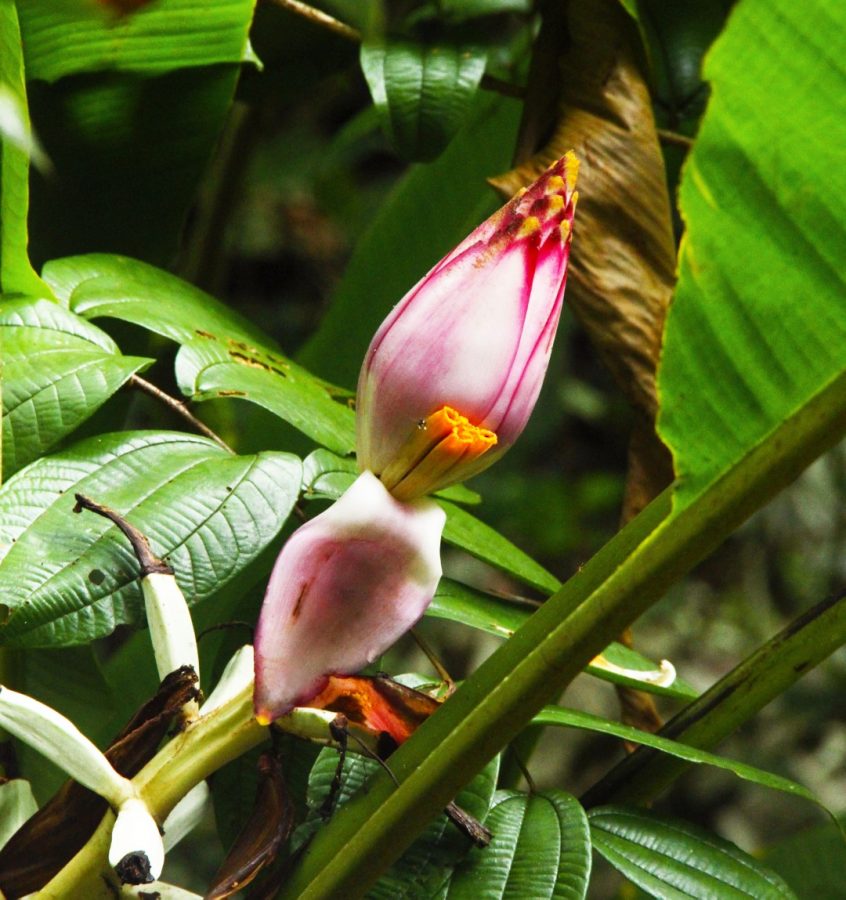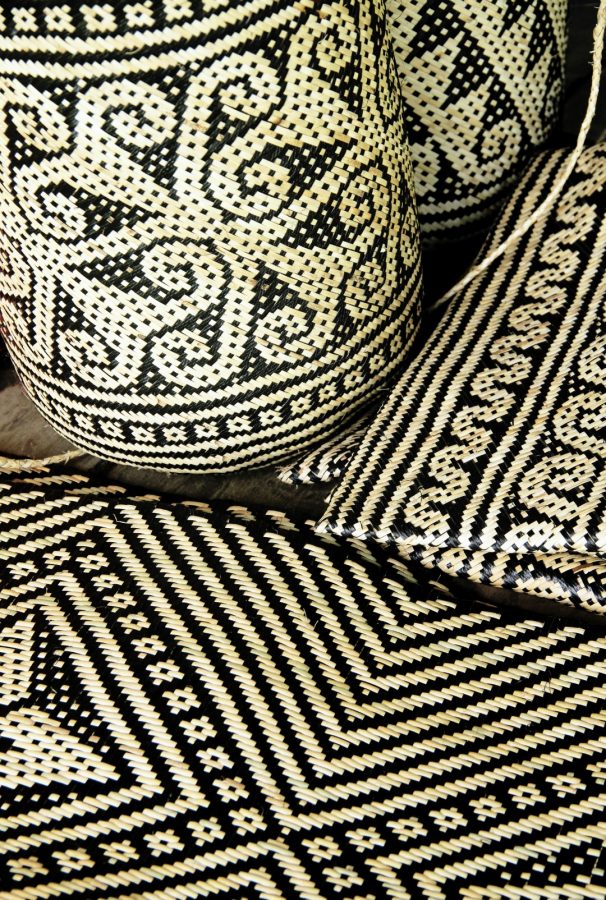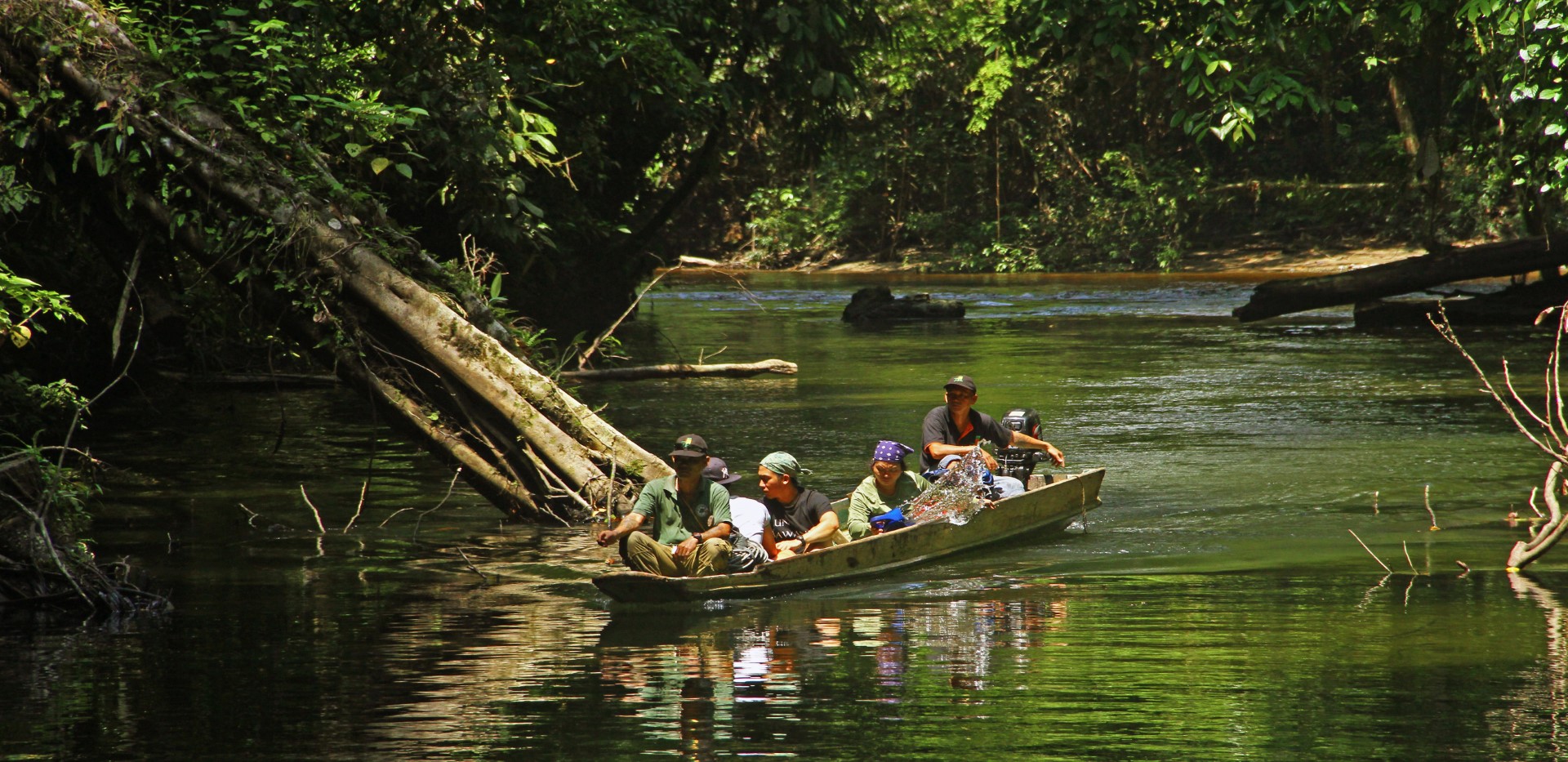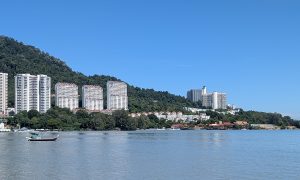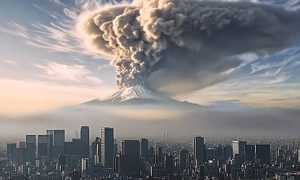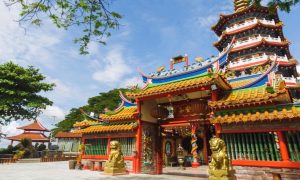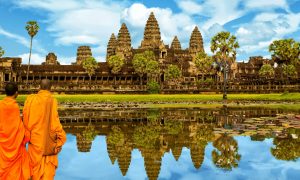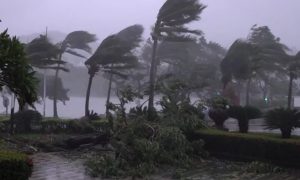For a uniquely engaging escape, travellers should visit the Gunung Mulu UNESCO World Heritage Site in Sarawak, get back to nature, and put the site’s formidable natural assets front and centre.
I was recently reading about a luxury tour to Malaysia that spoke volumes about one of the country’s iconic animal species, the Malayan tiger. From the literature, I assumed that these well-heeled tourists were likely led to believe they would be eyeballing tigers at every turn, until they could take it no more.
In reality, spotting wildlife in the rainforests is exceedingly difficult, and after years of exploring most of Malaysia’s national parks, the only Malayan tiger I have ever seen is in Zoo Negara. From a photographic point of view, this is a little disappointing, but from the perspective of personal well-being, I’m quite happy to have not encountered a tiger in the wild.
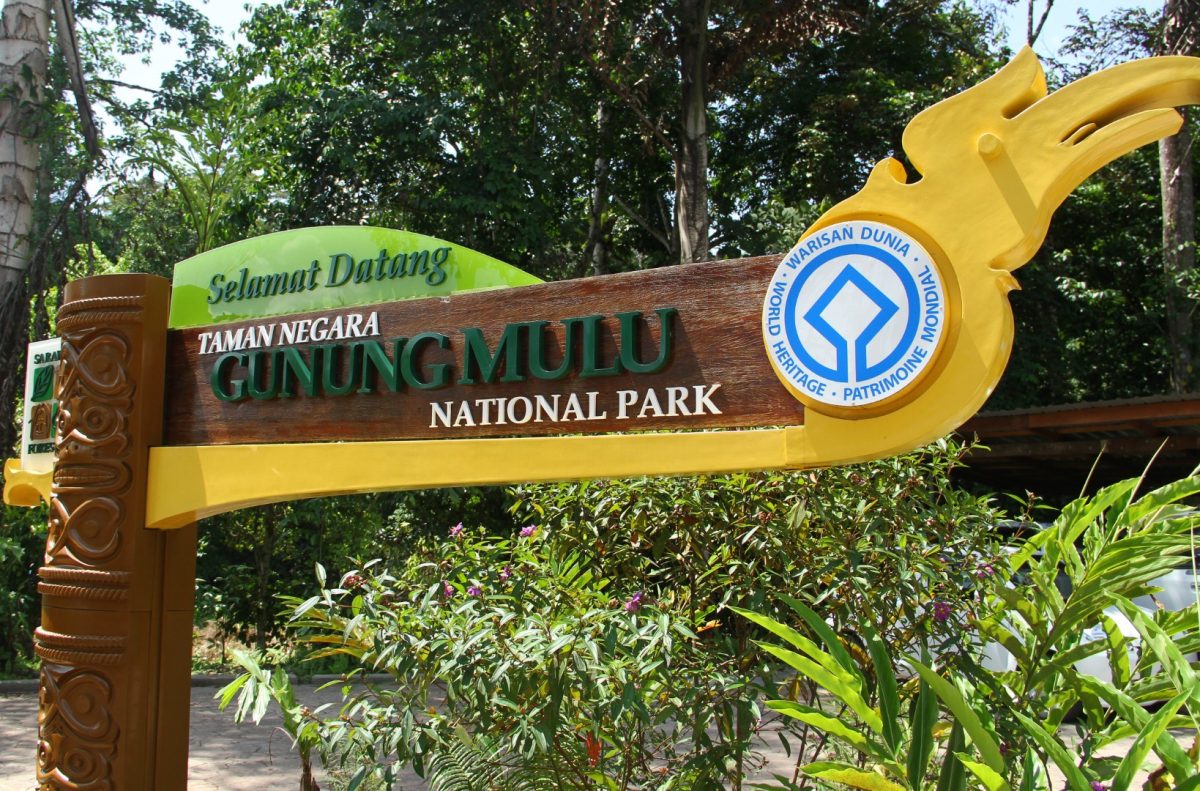
My suggestion to those seeking to see a plenitude of wild animals is to go on an African safari or to visit a zoo. However, I find it comforting to know that Malaysia’s forests are home to a huge diversity of plants and animals, despite the slim chance of seeing the latter.
Many of us are inspired to travel to satisfy our curiosity about the weird and wonderful, the old, the new, the biggest this, or the tallest that. I have concluded that, in the final analysis, everything and everywhere is special for some reason or another. What travellers have to do, of course, is prioritize this list so that the important things and sites move to the top of the list. After all, life is too short to waste it on bad holidays.
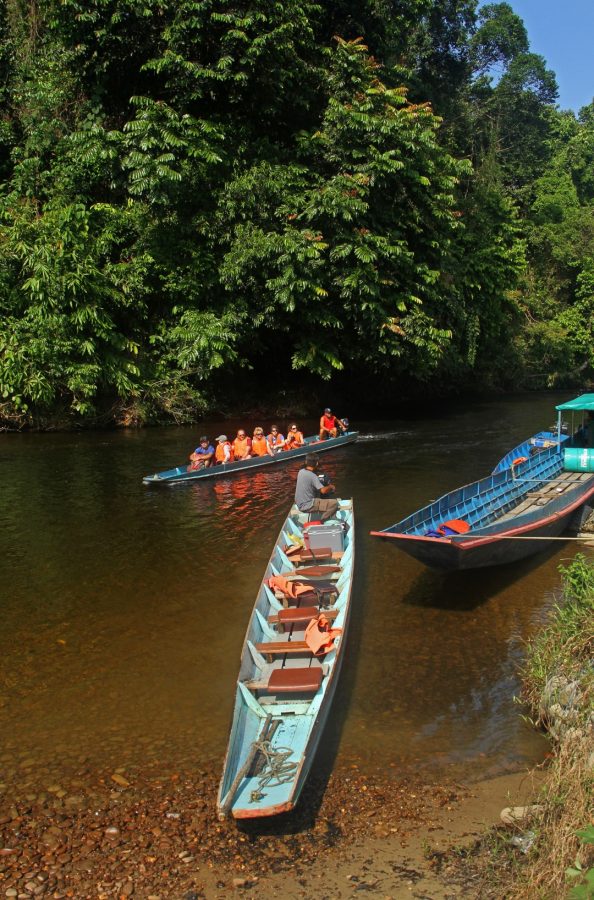
To this end, the UNESCO World Heritage List of 1,199 natural, cultural, and mixed heritage sites is a travel barometer for many intrepid global explorers. For many, a reference to whc.unesco.org may be the first step in planning a travel itinerary almost anywhere in the world. It can be assumed that this list includes the best of the best.
With this in mind, I recently travelled to Gunung Mulu National Park, one of Malaysia’s four UNESCO World Heritage Sites. While the prospect of seeing or hearing some of the rainforest fauna wasn’t dismissed, I made a conscious effort to look at the macro details in the forest and was pleasantly surprised by what I discovered. This meant slowing down to capture details such as light penetrating through the foliage, spider’s webs, leaf patterns, and lucky sightings such as a Bornean pit viper poised to strike its hapless prey.
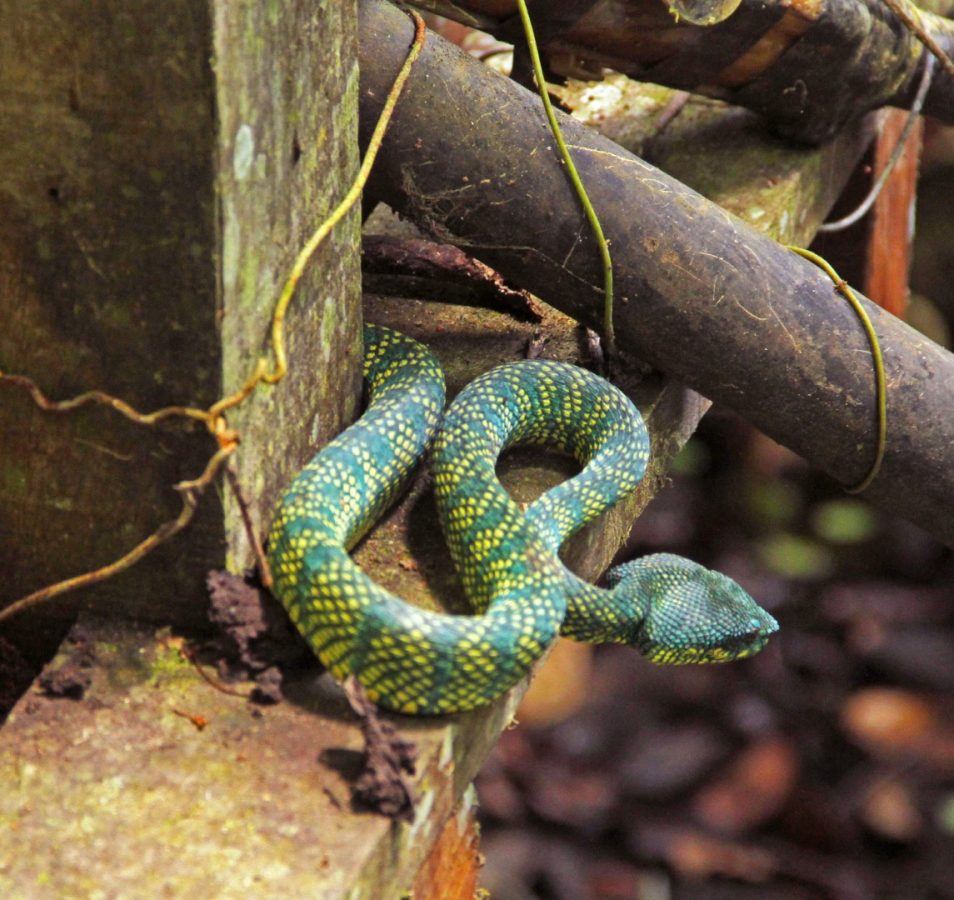
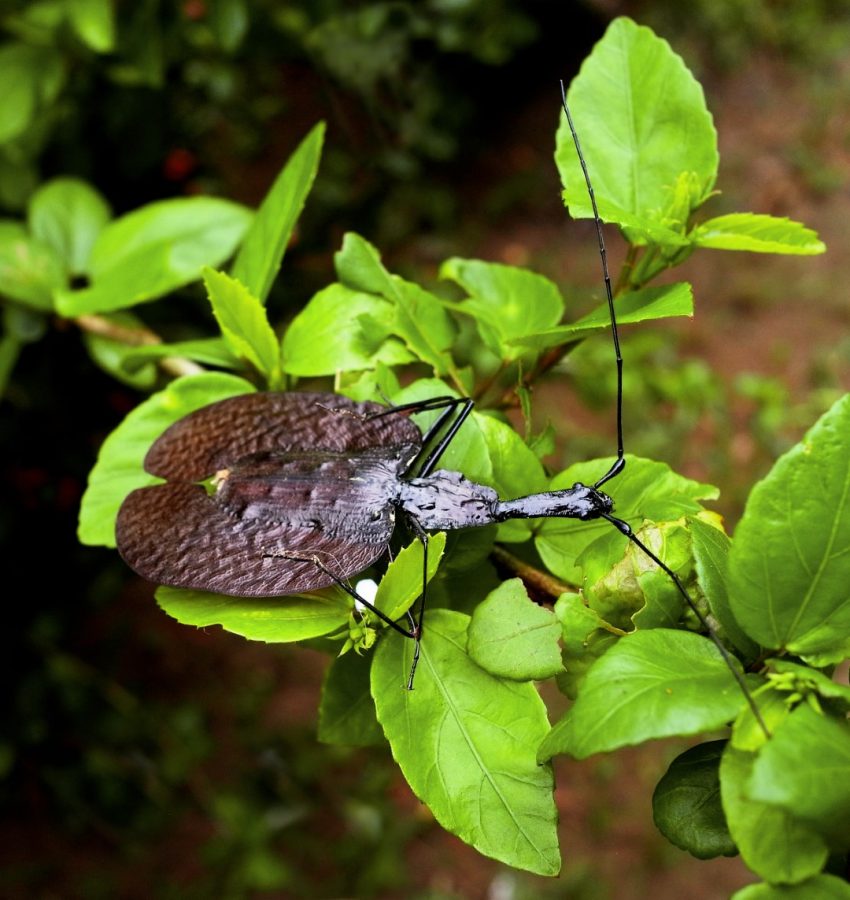
A PINNACLE OF NATURE
As our propeller aircraft from Miri banked on its approach to the landing strip adjacent to the park, the Mount Mulu peak loomed high above the enveloping cloud mass. The serrated limestone peaks called ‘The Pinnacles’ are the dominant feature of the high country within the park and continue to challenge adventurous mountain climbers.
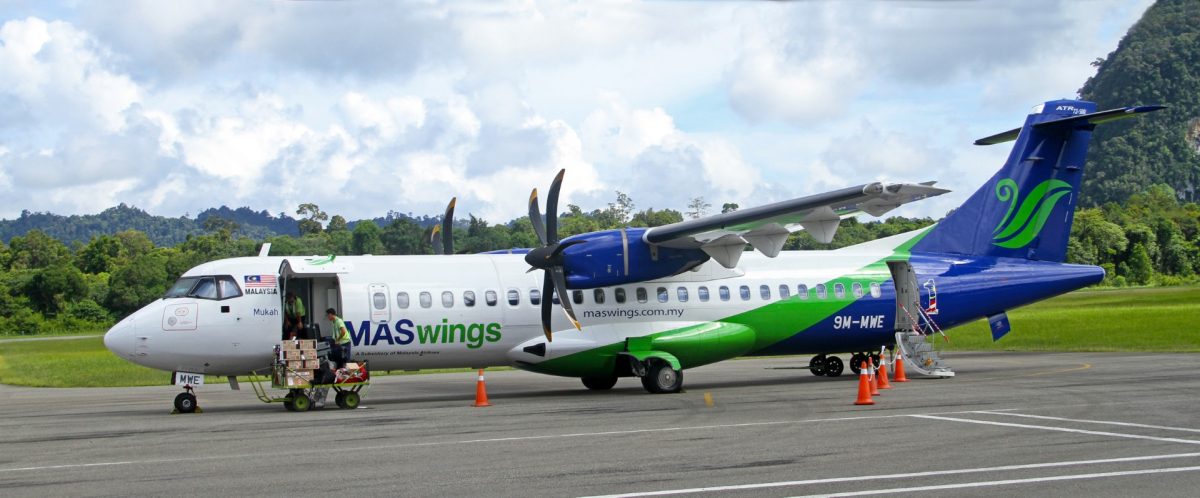
Mulu has fascinated me for a long time, and this wasn’t my first visit. Perhaps it was the aerial photos of The Pinnacles that created my initial interest, or maybe it was the impressive list of ‘firsts’ mentioned in any story that I had read about the park.
Covering an area of almost 530 sq km, the national park is one of the largest in Sarawak and is named after Mount Mulu, which is the state’s second-highest peak at a height of 2,376 m. I’ve heard that climbing this peak requires great stamina, as it involves several days of rigorous trekking.

RAINFOREST REFUGE
Within minutes of landing, I was transferred from the small airport to the Mulu Marriott Resort and Spa, located just outside the park on the banks of the Melinau River. The resort’s rather unique layout includes several modern ‘longhouses’ with well-furnished rooms connected by elevated walkways.
While civilisation seems hundreds of kilometres away, the resort has everything it needs to meet the demands of international travellers. My room was up to the standard of any deluxe hotel in Kuala Lumpur, and it was a pleasant refuge in the middle of the hot and steamy rainforest. The resort pool is appreciated by most guests after their day’s exploration.
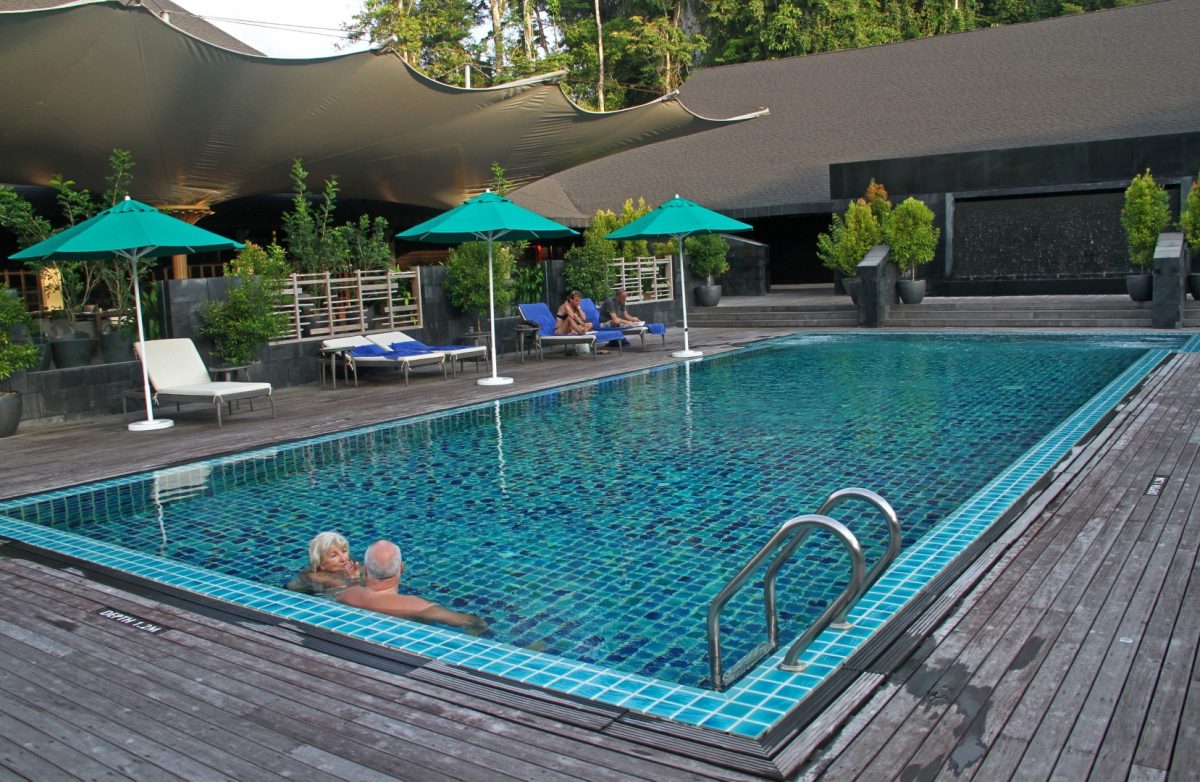
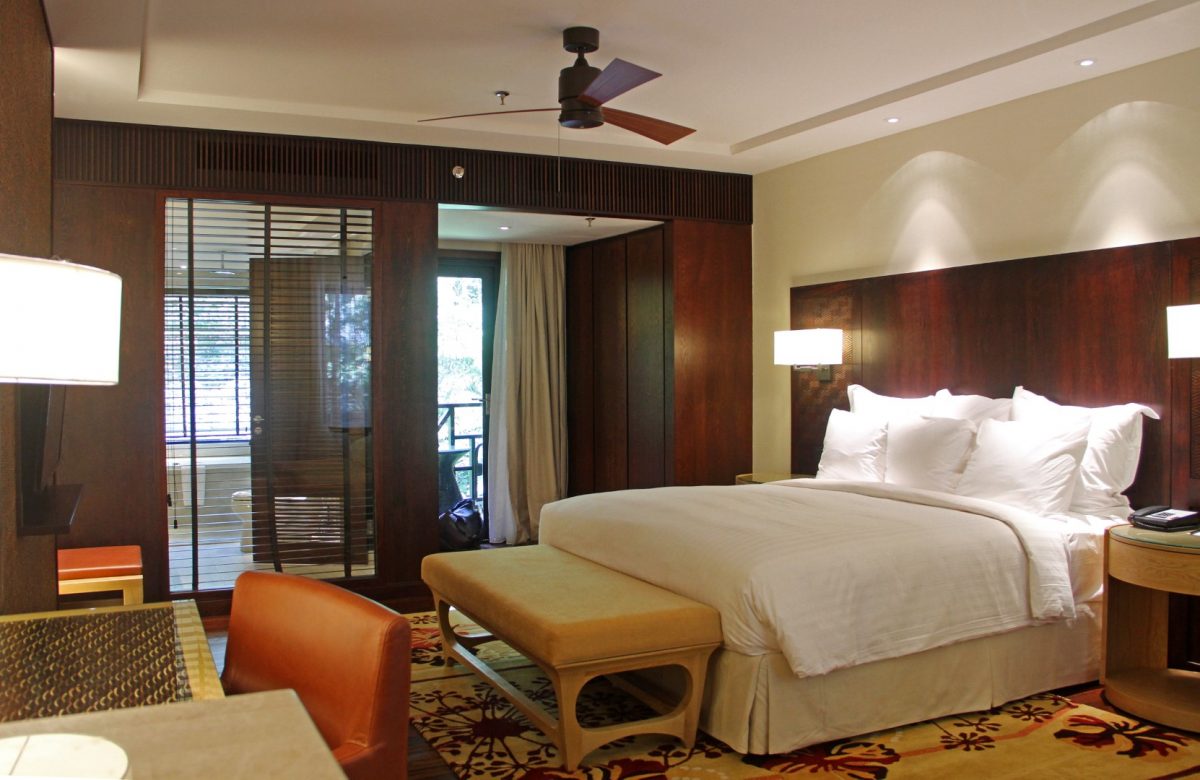
CAVING TO PRESSURE
According to most reports, it was the enormous caves of Mulu that led to the park being added to the UNESCO list in 2000. Two caves head the list of Mulu firsts: Deer Cave considered the world’s largest natural rock chamber, and Clearwater Cave, one of the longest cave systems in Southeast Asia.
While speleologists debate the various merits of caves, chambers and passages, the Sarawak authorities were a bit taken aback when Hang Son Doong in remote Vietnam was revealed in 1991 as the longest cave passage in the world. Its dimensions are 5 km long, 200 m high, and 150 m wide, which means a 747 aircraft could pass through it unhindered (well, not exactly, as there are a few sections where the cave ceiling has collapsed). Now, just stop for a minute and think about this: this massive space was only discovered in 1991 – truly amazing!
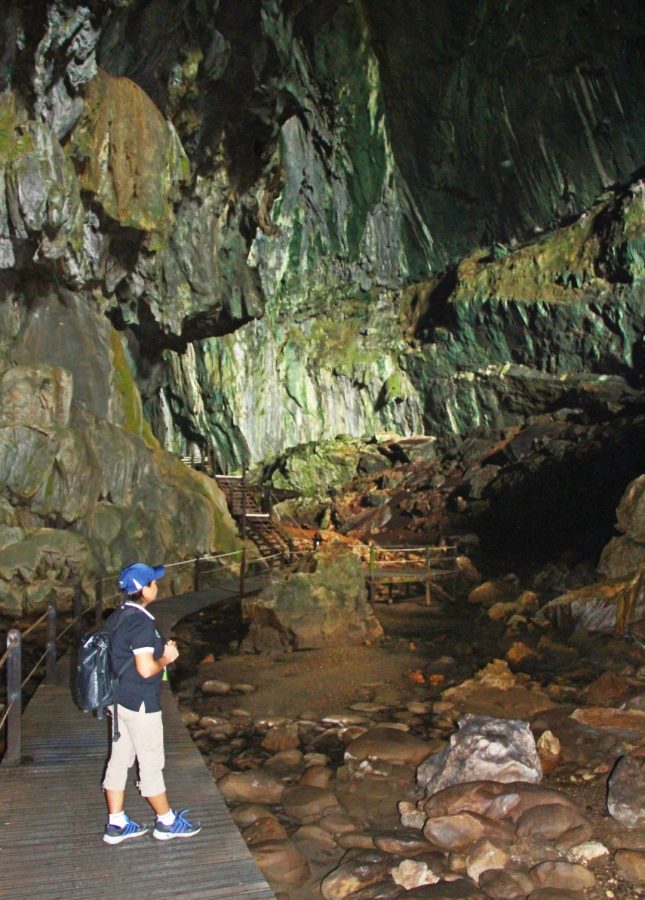
Back in Mulu, there are many caves, but only about 30 have been explored, with just the four caves of Deer, Lang, Clearwater and Wind open to the general public. The 3 km raised boardwalk to Deer Cave and Lang Cave passes through extensive stands of peat forest, over small streams, and close to plants that have adapted to survive in limestone-rich soils.
Deer Cave is one of the world’s longest cave passages and gets its name from the deer that supposedly take refuge here, although I have never seen one in or near the caves. The cave is also home to millions of bats and swiftlets, and while boardwalks have been built through parts of these caves, the ground on either side of these thoroughfares is a seething mass of organisms readily consuming the thick layers of accumulated guano droppings.
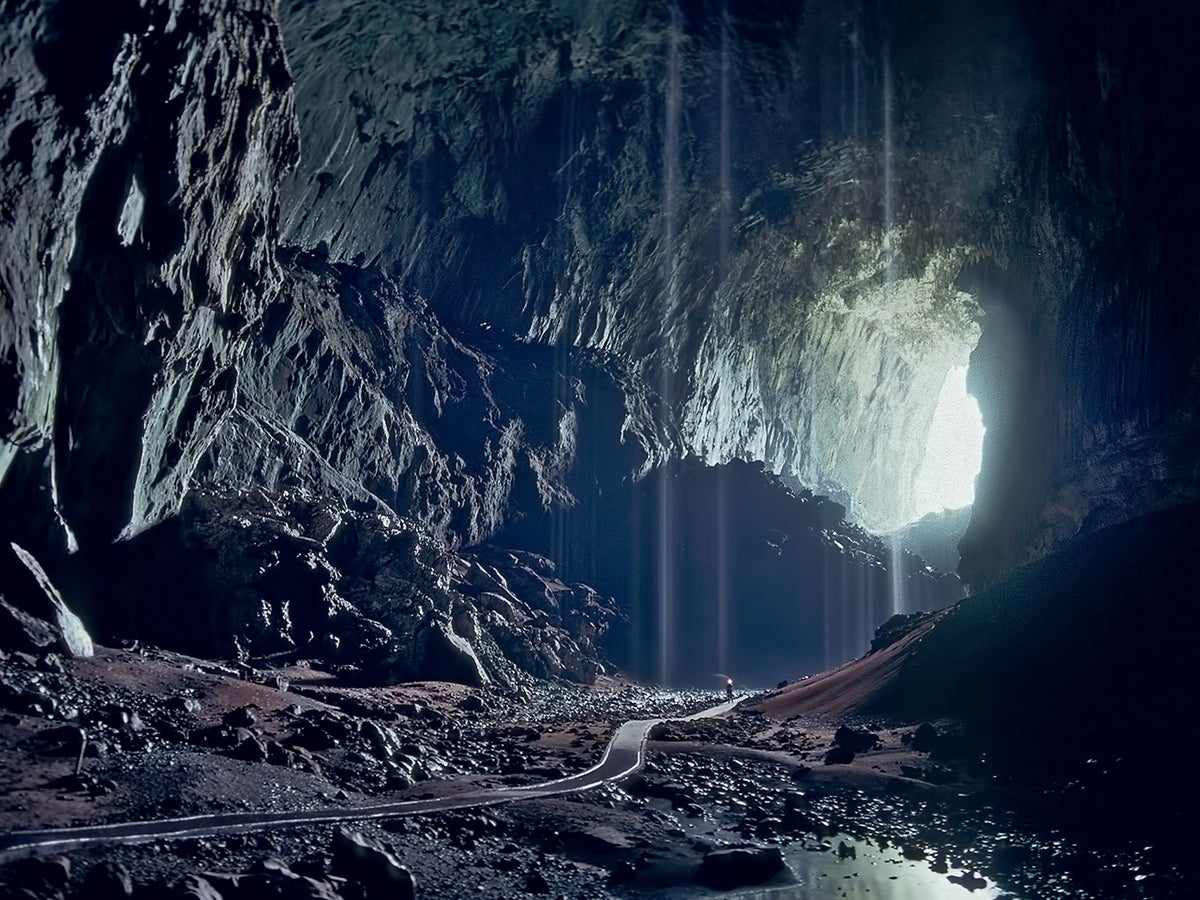
On a fine day, the sight of three million bats and swiftlets emerging from the cave opening at dusk in search of food is quite amazing, as the spectacle can last for hours. Seating at the opening of Deer Cave provides a box office seat for this incredible feat of nature.
The adjacent Lang Cave features very impressive limestone formations such as rock curtains, totem poles, limestone forests and multi-tiered cascades. What is the smallest of Mulu’s main caves was only discovered in 1997 by a local guide.
On my second day in the park, I visited the second series of caves. This requires a river journey through tall, overhanging trees and past a settlement of relocated Penan tribespeople.
The Wind Cave contains some excellent stalactites and stalagmites, especially in the majestic King’s Room. A cool breeze whistling through the caves is a refreshing change from the humidity within the forest.
A little further along the Melinau River, Clearwater Cave is accessible by continuing upstream in a longboat or walking a short distance along a raised wooden walkway. To reach the cave entrance, a 200-step climb is required before descending into a deep labyrinth with fast-flowing streams. These flow through a system that extends for over 100 km.

Upon application, experienced adventure cavers can explore several caves that are not accessible to regular tourists. One of these, the Sarawak Chamber, at 600 m long, 415 m wide, and with a roof span of 300 m, is the world’s largest cave chamber.
HEAD FOR THE HILLS
Edward Shackleton, the British explorer and son of his more famous father, Sir Ernest Shackleton, the Antarctic explorer, was the first European to reach the summit of Mount Mulu in 1932. Both mountains continue to fascinate climbers from around the world, and photographs of the famous limestone Pinnacles, on the northern side of Mount Api, have been successfully used to promote Sarawak for several years.
Rock climbing is alive and well in the park, and developments by a team of Australian climbers opened up three sheer natural rock walls. The ‘Frog Wall’ provides a simple introduction to rock climbing, while the ‘Headhunter’s Trail,’ with its ‘lost spirit route,’ is for advanced climbers.
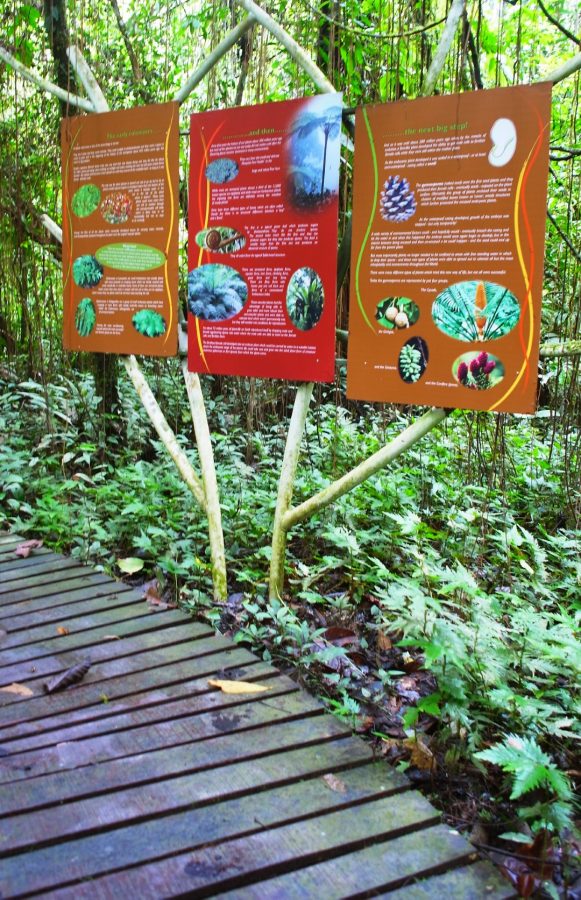
PARK FACILITIES
The facilities in the park headquarters are comprehensive and include accommodation, toilets, lockers, a shop and a very respectable restaurant. The interpretation displays here, and along the trails, are detailed in describing many features of the park. Visitors will learn from these displays, for example, that the park supports over 170 orchid species along with 10 varieties of pitcher plants, numerous animals, and eight species of hornbills.
The Marriott Resort can also organise other adventurous activities like mountain biking, kayaking, river cruises and trekking into the rainforest. Biking excursions are highly recommended for those who are ‘all-caved out’. The longest ride to Long Kabong is a nature journey on wheels as it passes along old logging trails.
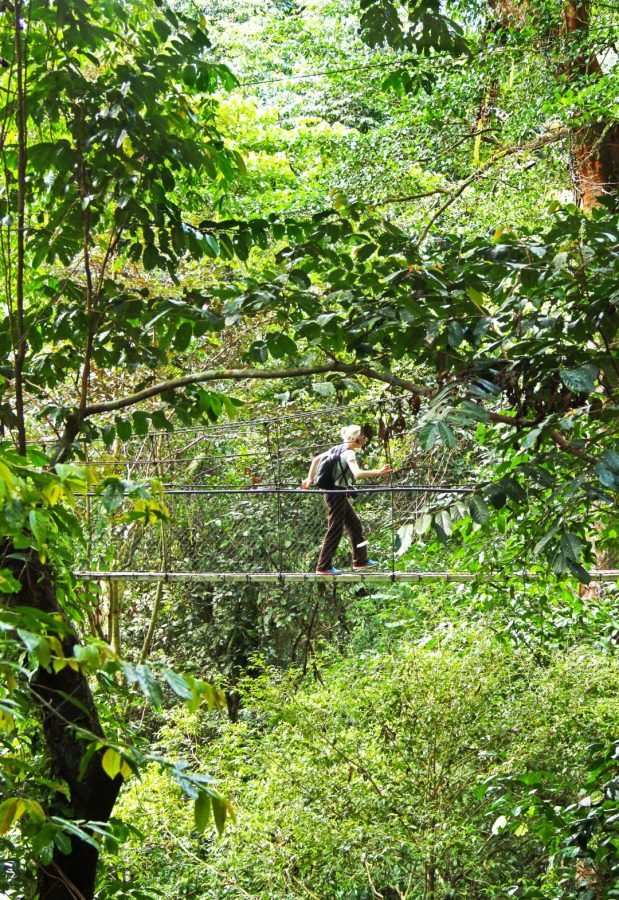
The resort restaurant overlooks the pool and serves a selection of local and Western dishes. The prices admittedly aren’t cheap, but as small luxuries have to be brought in over long distances in small boats, they appear justifiable.
While in Mulu, I made note of a few things that would enhance any visit. Firstly, try to allocate a few extra days to really take in the jungle, the caves and the resort facilities. Bring along a good raincoat, hat, insect repellent, and flashlight. Most things are expensive in Mulu, so if you can’t go without something special, bring it along with you.
Reaching Mulu was once one of Sarawak’s great adventures; then aircraft arrived to make journeys easier. Decades ago, longboats were the only way to access the interior. Now motorized boats have replaced the human paddlers, but these days, few visitors travel here by river.
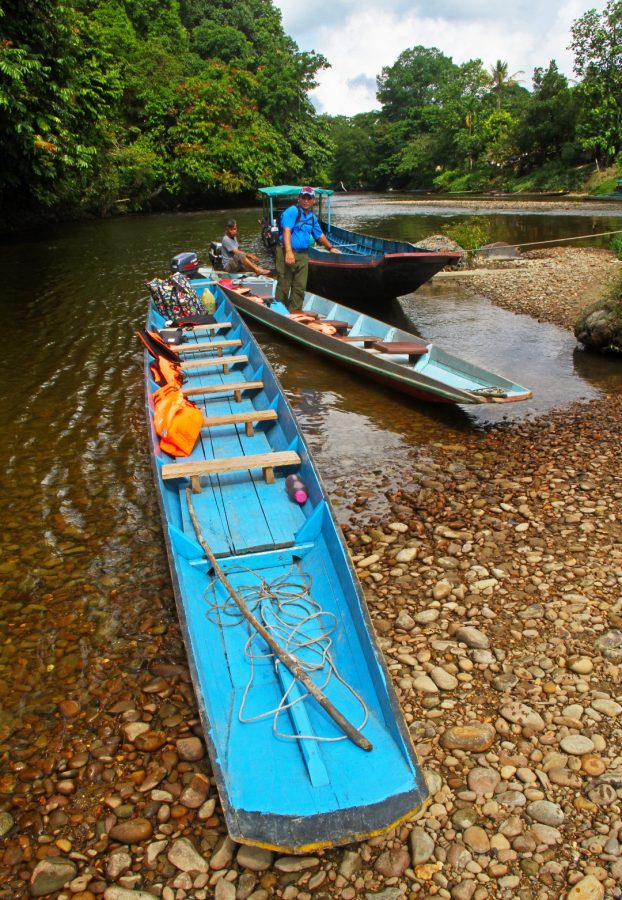
While the park is located in the backblocks of Sarawak, getting there isn’t as difficult as it may appear. It’s possible to fly from Kuala Lumpur in the mid-morning and be in Mulu, in the thick of the forested Sarawak interior, by late afternoon. Most flights transit through Miri, the regional hub for northern Sarawak; however, there are also direct daily flights from Kuching and Kota Kinabalu in neighbouring Sabah.
Gunung Mulu National Park is now an accessible and affordable destination for those who want to escape into the wilderness and appreciate nature’s beauty, wonder, and creativity.
